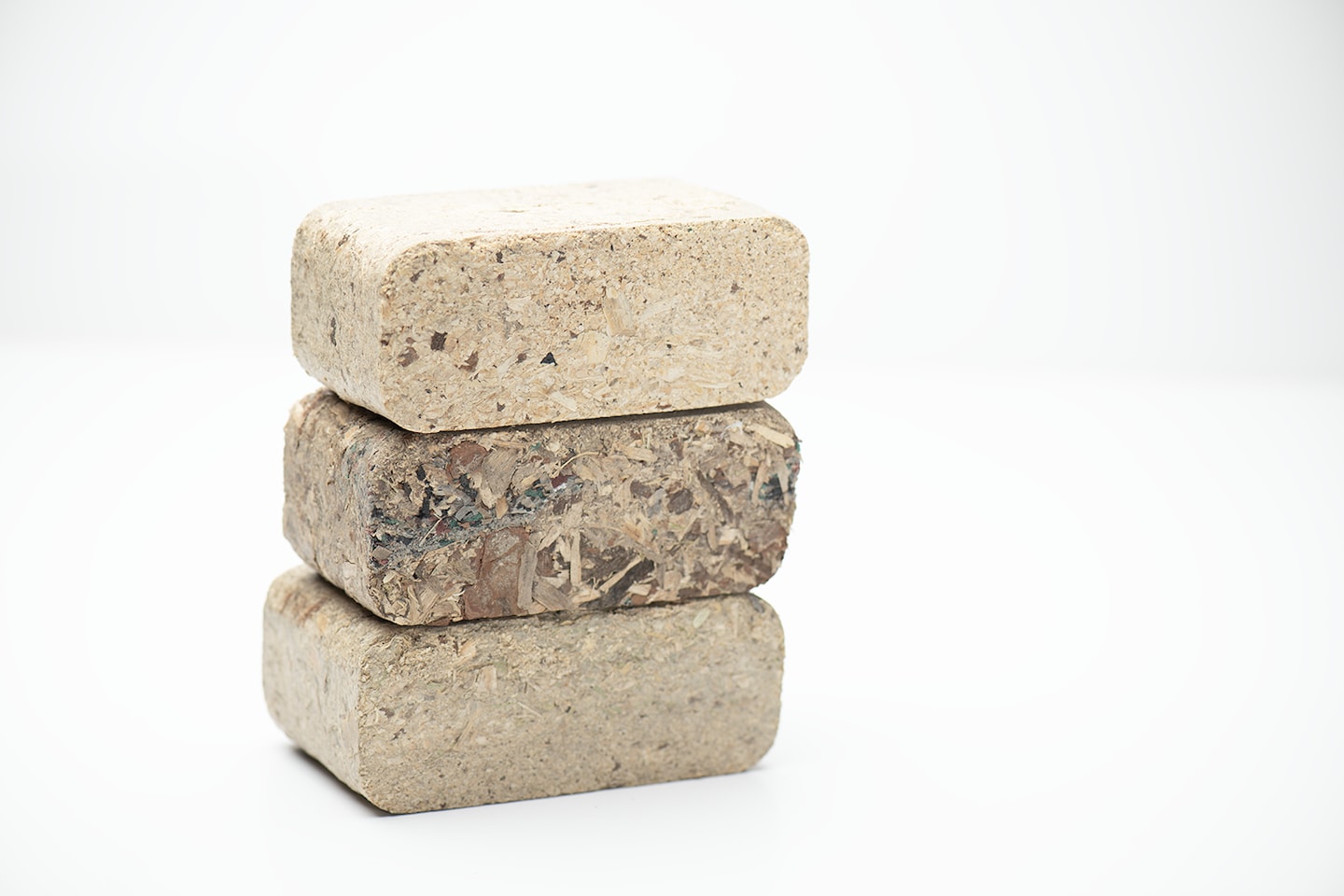Graphyte, a new company incubated by Bill Gates’s investment group Breakthrough Energy Ventures, announced Monday that it has created a method for turning bits of wood chips and rice hulls into low-cost, dehydrated chunks of plant matter. Those blocks of carbon-laden plant matter — which look a bit like shoe-box sized Lego blocks — can then be buried deep underground for hundreds of years.



This isn’t really a method for extracting CO2 from the air so much as a method to make sure that plant matter which has already extracted it from the air doesn’t return it via burning or decomposition. It makes plants carbon negative instead of carbon neutral.
I don’t really see the point of burying it when turning it into building materials would be much more effective, by replacing carbon-generating building materials (and being a great insulator). It might be a bit more expensive but building materials have value so it would be more cost-effective? Wood chip is already used to insulate buildings. I don’t get why they just want to bury this stuff instead of making good use of it.
If you’ve ever been around a logging operation, you’d see how much (half?) of the plant matter extracted doesn’t make it into a logging truck, but is instead piled unto 3-story high heaps and then burned. Being able to sequester that material instead would be amazing
Sure. But turning it into building material would be even more amazing?
Be nice, but we’re talking about remote locations with a high cost of transport. It’s unlikely to be cost-effective
Even when it is bury for no value vs sell to replace carbon-producing materials? I don’t buy it. Very few places are so remote that there is zero local-ish demand for building materials and they have to build facilities and support workers in those remote places instead.
Coal mines in Appalachia fit multiple criteria for this to be effective.
The older ones, sure. Mountaintop removal ones, probably not so much.
Burying it deep underground instead is likely to impose a high cost of transport as well.
They’re proposing about 10 feet, which isn’t that far.
Agreed. However, burying it ten foot underground in a remote location, sealing it to keep moisture out, and then continuing to monitor it for hundreds of years is not trivial.
Sounds like the blocks are sealed to stop decomposition… so I guess the bricks would rot if the seal is compromised? That wouldn’t be good for a building. And it would let the carbon out.